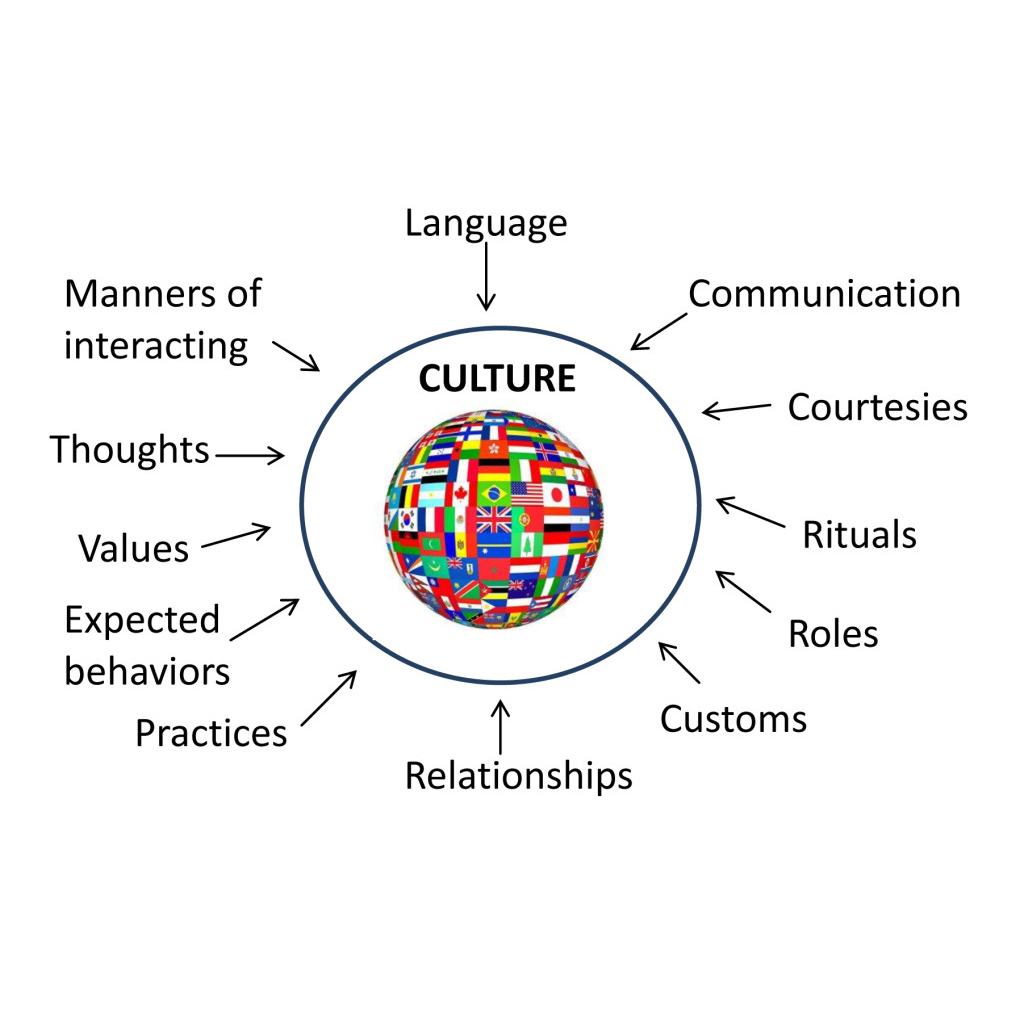Know your user’s culture
Our world is not one united world. It is made up of 196 smaller worlds in the borders man has created and calls nations. Each nation has it’s own way of life, perspective and culture. The world of man contracts concentrically; nations into states, states into cities, cities into localities, localities into communities, communities into closer into families and then individual free-flowing independents. Moving inside out over these social levels; each person, family, community, locality, city, state and nation has its own particular ideas, customs and social behaviors. Culture is a defining aspect of what it means to be human. It varies widely across nations, and sometimes regions/cities/communities within nations as well – while still keeping in line with the overall sensibilities of that nation.
E.B Taylor defines culture as
” That complex whole which includes knowledge, belief, art, morals, law, custom, and any other capabilities and habits acquired by man as a member of society.”
The mythology they have, their history, civics, education system, laws, religious preferences and overall personality create a country’s cultural fabric. A citizen of a nation belongs to that nation – not by geography or race, but by culture and its corresponding perspective of the world. Culture is the core of their being, and it is this ingrained personality- colored by the culture of the environment they are exposed to, that becomes their differentiator.
We can understand our user and ‘befriend’ them by learning their cultural background, and getting to really know how they think and perceive the world and objects around them. Empathy will help us understand and iterate our service when we embody our users mindset and mental baggage in our ‘before, during and after’ phases of an experience journey. Ethnographic field research should be explored in detail if those are the tools being used to frame the problem and in time arrive at a solution.
A typical understanding of the users ethnographic background can be achieved by asking questions-
- What is the mindset of the people you we designing for? What is their perspective, how do they see the world?
- How have things worked for them till now? What problems have they overcome or are facing?
- What are their prejudices and biases?
- How do they behave and react in problem situations?
Cultures create diametrically opposite outlooks and are generally at the root of problems and solutions. For example, catering to an Asian and Australian on a community housing project in New York will make it easier when we understand their ethnic background better. When designing for social change it is imperative to consider the culture of not only the person, but also the environment they are in and the environment they could possibly be in. Empathy is at the heart of the human centered approach to innovation.

